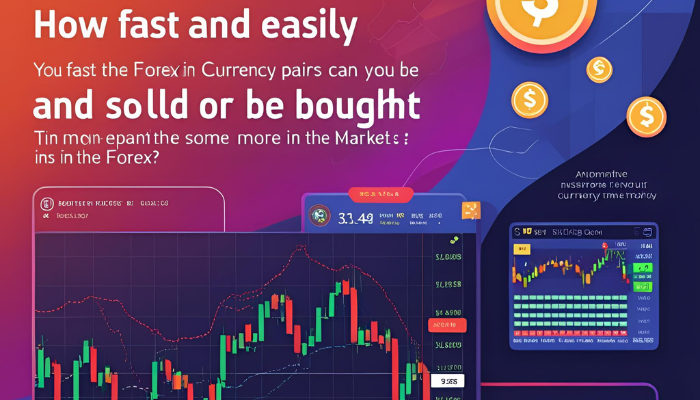Last Updated on July 24, 2025 by Deon
Liquidity takes a central place in the forex business, where it is not merely a technical word but what makes the markets go around. Forex liquidity may simply be defined as how fast and easily currency pairs can be sold or bought without necessarily generating huge moves and fluctuations in the prices. A good market can have the traders make their transactions quickly, and they will have a stable market as they will be pricing on a fixed basis.
Importance of Liquidity for Every Trade Transaction
Liquidity plays an essential role in shaping the trading experience, and here is why it matters:
Tighter Spreads
In liquid markets, bid or sell and ask prices tend to have smaller differences, and therefore cost-per-trade is significantly reduced. It makes active traders very pleased indeed. This results in lower costs per trade that they incur as part of trading actively.
Faster Trade Execution
Orders are executed fast and frequently at desired prices as there are high levels of liquidity and vast numbers of traders. Hence, there are no slips.
Low Volatility
Liquid markets also tend to have smaller price extremes. Consequently, charts are easier to read and technical analysis is more accurate.
Improved Price Detection
The better the market is at trade, the higher the chances of prices reflecting real-time phenomena of supply and demand.
On the other hand, low forex liquidity may induce broader spreads, surprise bids, and price movements as well as an increase in slippage, all leading to a greater risk to you as a trader.
Major Factors Affecting Forex Liquidity
Many factors determine how liquid a currency pair is:
Trading Volume
The liquidity of currency pairs is increased to a great extent when trading with more pairs. The most traded pairs like EUR/USD, USD/JPY, and GBP/USD control the daily turnover in the forex market, and consequently, they may be more liquid. Exotic pairings involving lesser traded currencies often exhibit reduced liquidity levels.
Market Hours
The liquidity also varies all the day. When both the London and New York markets are running, the liquidity is at its highest.
Economic and Political Events
Major news releases or geopolitical changes can induce a sudden flow of activity that temporarily increases or reduces liquidity levels.
Market Participants
From central banks and security funds to retail traders, market players from every perspective play an essential part in maintaining deep and liquid markets. Institutions play a special role in maintaining liquidity.
Forex Liquidity Providers
Liquidity providers, or LPs, typically large banks or financial firms, act as counter parties in trades by continuously offering buy and sell prices for currency pairs. Most brokers use multiple LPs for tighter spreads and faster execution for their clients.
How Traders Measure Forex Liquidity
Though forex doesn’t feature an exchange-like structure, there are still methods of estimating liquidity:
Bid-Ask Spread
A tighter bid-ask spread normally indicates more liquid markets.
Volume Indicators
While exact volume data in forex spot markets is a rare thing, certain platforms offer proxies or use data from futures markets to estimate activity levels.
Price Behavior
Regular price movements indicate healthy liquidity, while rapid spikes and gaps often signal poor markets.
Order Book Depth
Platforms that feature order books can provide insight into whether buyers or sellers exist at various price levels. An active book suggests stronger liquidity.
Forex Liquidity Gives Greater Clarity & Confidence for Navigating the Market
With the forex market trading in liquidity, it affects all aspects of your trade, such as your expenses and whether you will acquire positions or cash out without experiencing any kind of hard feelings. Having a clear idea of the motives behind the liquidity and its ability to be gauged, traders will have a better picture of how to go about it, both in the short-term scalps and the long-term establishments.
In this connection, a reliable and strong platform of Neuron Markets gives you the beneficial signals regarding high and low market liquidity that are worth following. Learning its role can give greater control and confidence when engaging the markets.




